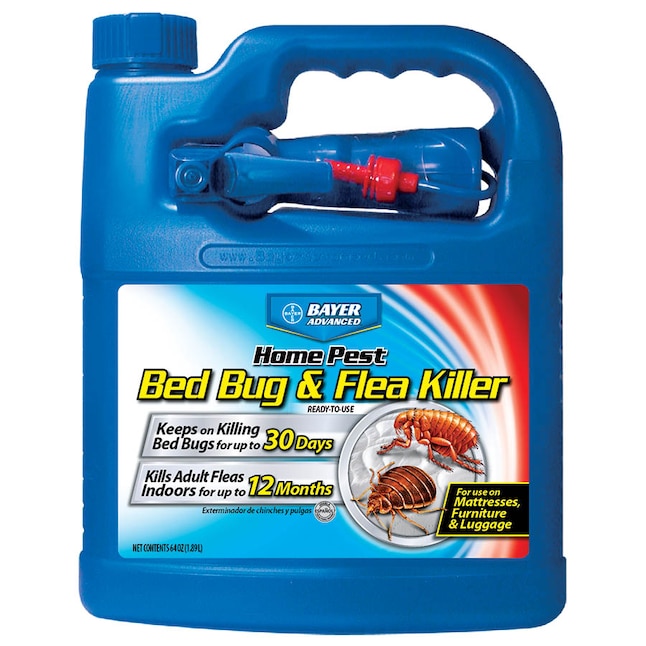When it comes to maintaining a flourishing garden, one significant challenge many homeowners face is the onslaught of lawn pests. From voracious beetles to stealthy grubs, these unwelcome guests can wreak havoc on your carefully curated landscapes. Bayer Lawn Bug Killer is a prominent choice for many horticulturists seeking an effective solution to combat these nuisances. Understanding how to safely and effectively use this product can significantly enhance your gardening experience while safeguarding the environment.
The importance of embracing safety measures cannot be overstated. Bayer Lawn Bug Killer, although designed to eliminate pests, contains potent chemicals that require careful handling and application. Conscientious application not only protects beneficial insects but also ensures the integrity of your garden ecosystem. Below, we explore the usage, benefits, and safety measures associated with Bayer Lawn Bug Killer.
Understanding the Product: What Makes Bayer Lawn Bug Killer Effective?
Bayer Lawn Bug Killer is formulated with ingredients that target a variety of common lawn pests, including ants, grubs, and beetles. The active components work by disrupting the nervous systems of insects, leading to their eradication while minimizing the risk of harm to humans and pets when applied correctly. This insecticide is typically available in both granular and liquid forms, providing flexibility for users with diverse gardening practices.
An invaluable aspect of Bayer’s formulation is its residual activity. Unlike some insecticides that quickly dissipate, Bayer Lawn Bug Killer offers prolonged effectiveness, ensuring extended protection against recurring infestations. This quality can be especially advantageous in regions with a high prevalence of notorious lawn pests.
Preparation: Reading the Label for Safe Usage
Before embarking on your pest control journey with Bayer Lawn Bug Killer, it is imperative to thoroughly read the product label. This crucial step encompasses understanding the concentration of active ingredients, the recommended application rate, and any specific warnings or precautions. By adhering to the outlined instructions, gardeners can minimize the risk of over-application, which can lead to detrimental effects on non-target organisms and the environment.
Additionally, pay attention to the application conditions. Weather plays an integral role in the efficacy of any pesticide. Ideally, application should occur on calm days devoid of rain, ensuring the product does not drift away from the target area. Furthermore, assessing the moisture levels of the soil is vital; applying on moist soil can enhance the penetration of the insecticide into pest habitats.
Application Techniques: Ensuring Maximum Efficiency
Utilizing the correct application technique is crucial for obtaining the desired results with Bayer Lawn Bug Killer. If opting for the granular formulation, ensure even distribution across the lawn, ideally using a broadcast spreader. It is critical to avoid application near waterways, which can lead to contamination. Following this, a thorough watering of the treated area is essential to activate the insecticide and drive it down into the root zones where pests often reside.
For those using the liquid variant, utilizing a sprayer can facilitate precise application. Holding the sprayer at a consistent distance from the target area will ensure an even coating. Again, a post-application watering can help integrate the insecticide into the soil.
Timing is a paramount consideration; late afternoon or early evening, when many insects are actively foraging, may prove optimal for liquid applications. This tactical approach ensures that the pests come into contact with the active ingredient, maximizing its effectiveness.
Environmental Considerations: Protecting Beneficial Insects and Your Garden
One of the foremost concerns with insecticides is their impact on non-target species. While Bayer Lawn Bug Killer is designed to target specific pests, it is essential to adopt practices that minimize collateral damage. To this end, thorough planning of the application routine is imperative. Considerations should include the presence of pollinators, such as bees, during bloom time. Avoiding application during these periods can contribute to sustaining beneficial insect populations.
Additionally, be discerning with the application frequency. Over-reliance on chemical interventions can lead to resistance among target pest populations, making them harder to control in the future. Integrating non-chemical approaches, such as introducing natural predators or employing cultural practices that deter pests, can create a well-rounded pest management strategy.
Post-Application Care: Continuing the Fight Against Pests
After successfully applying Bayer Lawn Bug Killer, continued vigilance is required. Monitoring your lawn for signs of new infestations can help with swift intervention. Record your observations and experiences, as this data will be invaluable in refining your pest management strategies in subsequent seasons. In some instances, a follow-up treatment may be necessary to ensure comprehensive control, particularly in areas with densely populated pest communities.
Ultimately, employing Bayer Lawn Bug Killer can be a productive step toward achieving a pest-free garden. By adhering strictly to safety protocols and understanding the biologic and environmental dynamics at play, gardeners can enjoy both the beauty of their landscapes and the satisfaction of responsible pest management. In doing so, the delicate balance of their garden ecosystem remains intact, fostering a vibrant and healthy outdoor space.





Leave a Comment